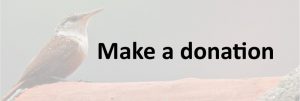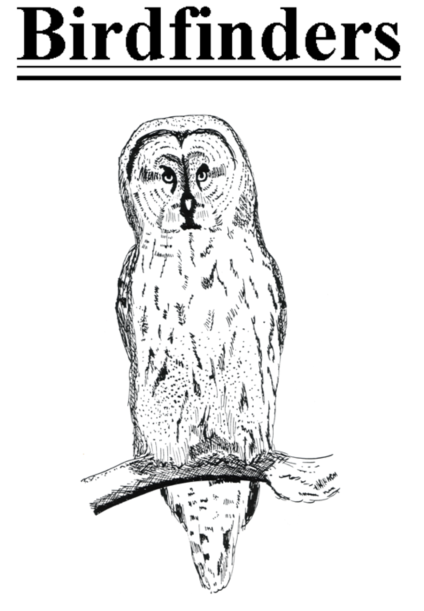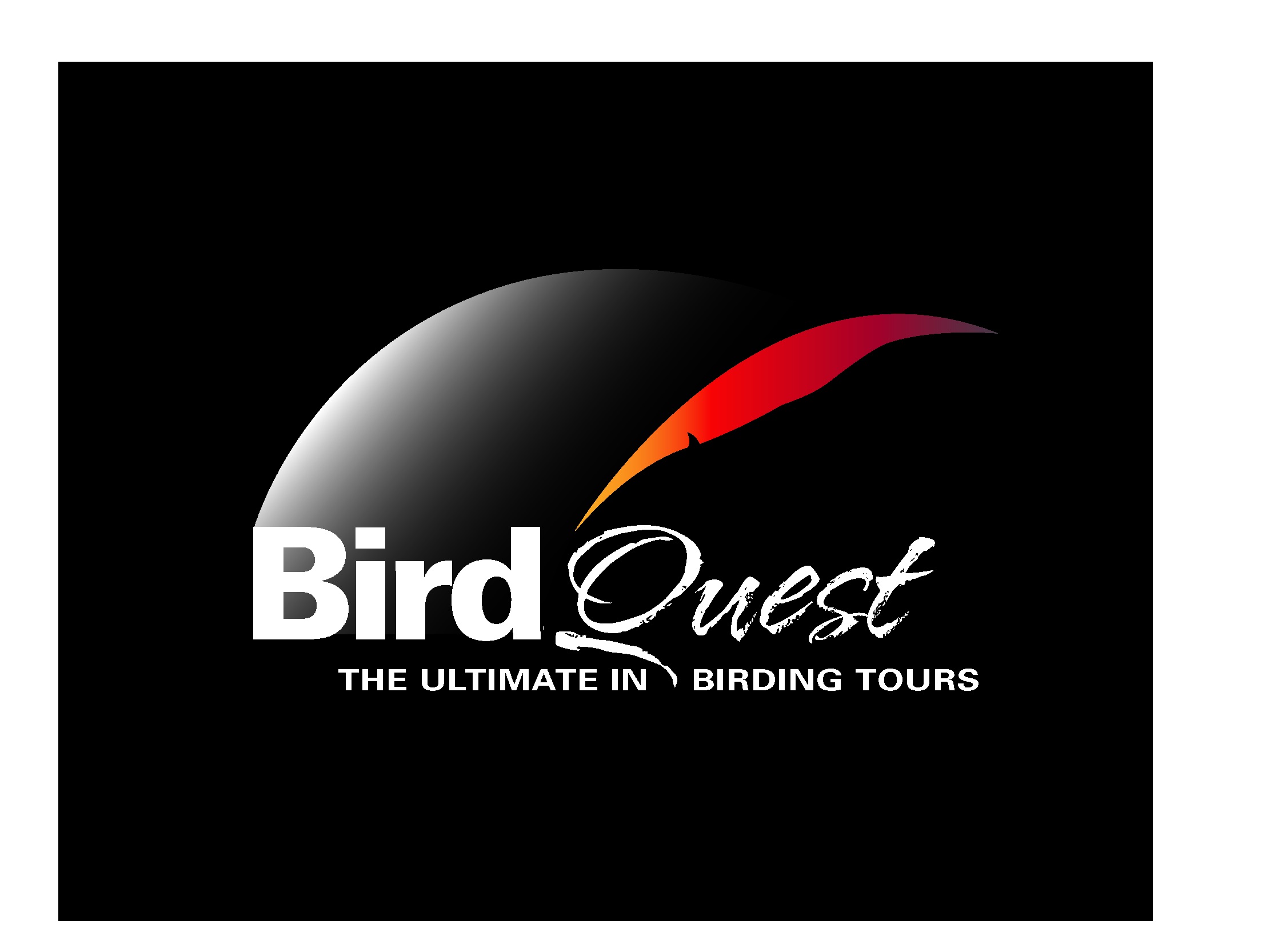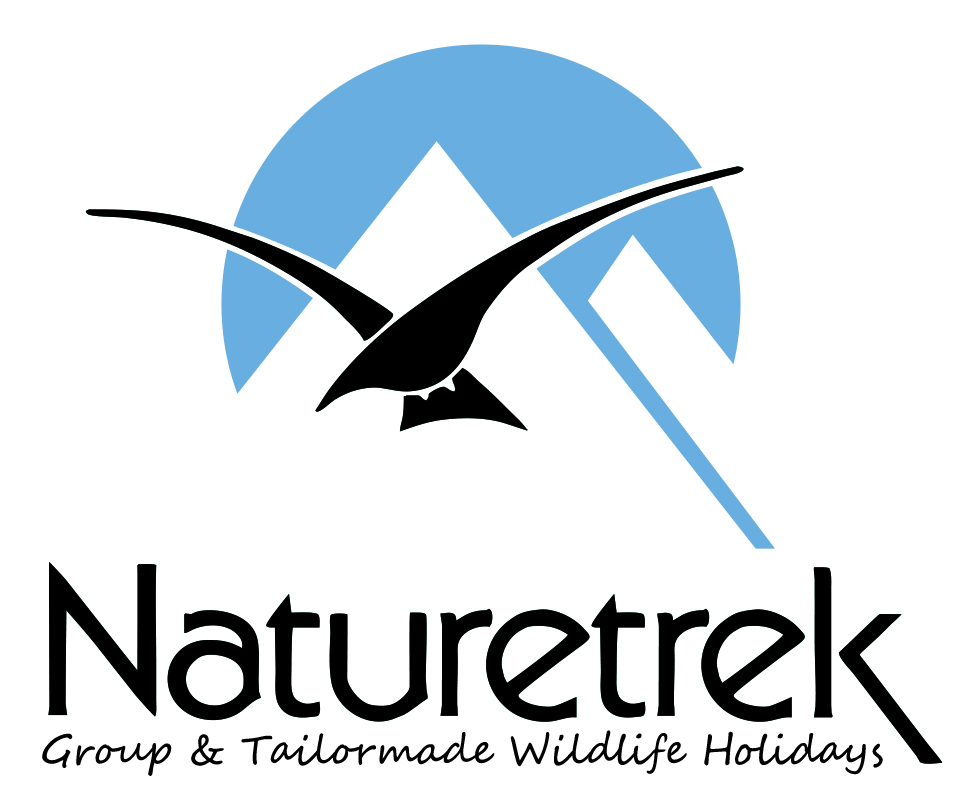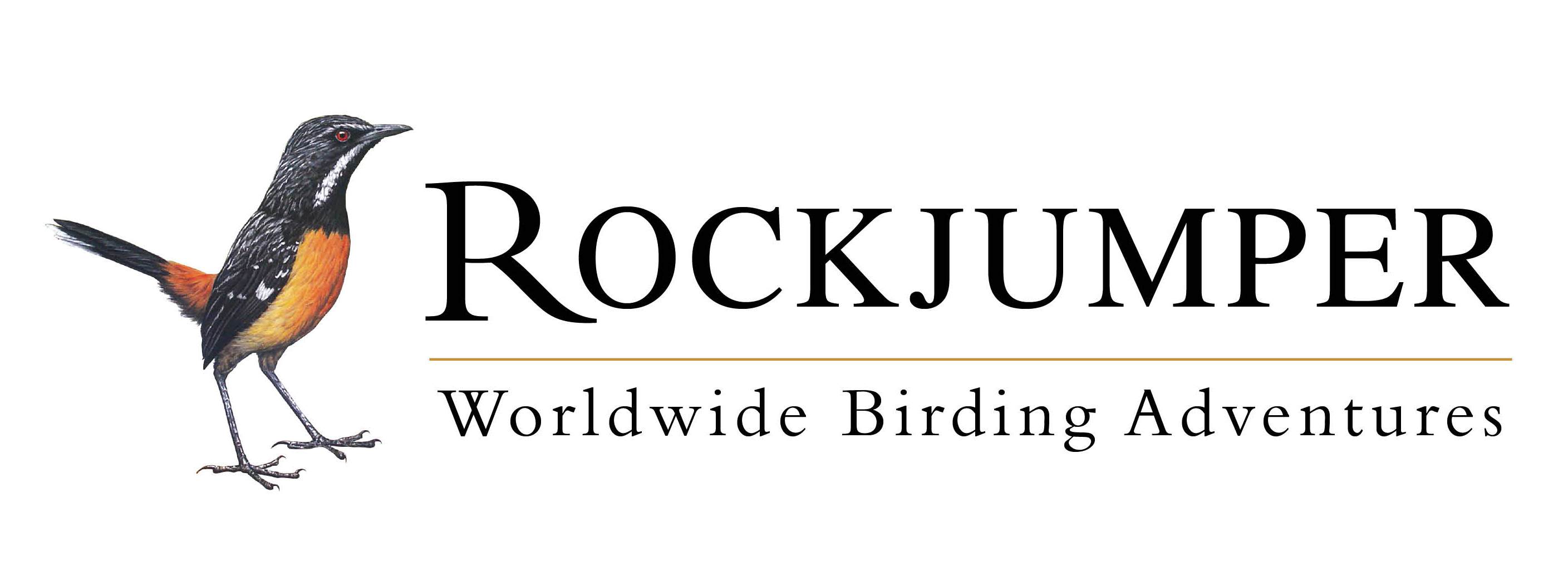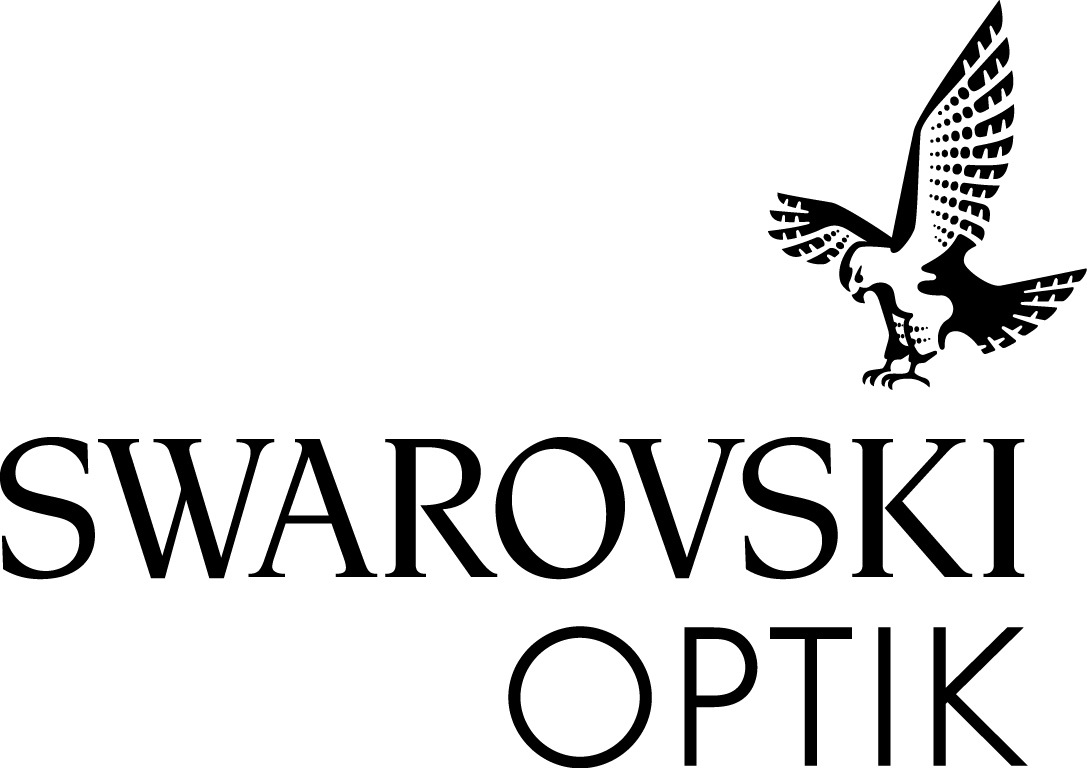One-day joint meeting with the British Ornithologists’ Club and Natural History Museum in the Flett Theatre, Natural History Museum, London SW7 5BD. The nearest tube station is South Kensington and attendees should use the NHM entrance on Exhibition Road. There is no charge to attend and all are welcome.
Access to the NHM is possible from 10.00 am, when coffee/tea will be available adjacent to the Flett Theatre. The meeting will begin at ca 10.30, with a break for lunch around 12.45 pm – many food outlets are available both within the NHM and local to it in South Kensington. The afternoon session will begin at ca 14.00 pm and, including a half-hour break for coffee/tea, should finish by 17.15 pm. The NHM closes at 18.00 pm.
 WILD Sounds & Books will be present at the meeting and will have a wide selection of stock available for sale. Should you wish to purchase any particular title from them please e-mail Duncan Macdonald in advance <sales@wildsounds.com> and he will ensure that they have the item available.
WILD Sounds & Books will be present at the meeting and will have a wide selection of stock available for sale. Should you wish to purchase any particular title from them please e-mail Duncan Macdonald in advance <sales@wildsounds.com> and he will ensure that they have the item available.
PROGRAMME
10.00 Doors open – coffee and tea available
10.30 Opening of meeting – Robert Prŷs-Jones (BOC secretary) and David Fisher (NBC chairman)
10.45 Cristina Banks-Leite – How to save birds in the Brazilian Atlantic Forest on a shoestring
11.30 Alex Lees – Bridging shortfalls in Brazilian ornithology
12.15 Raymond Jeffers (NBC) – NBC fund raising tours
12:30 NBC AGM details here
Lunch break
14.00 Chris Storey (BOC chairman) – Recent structural changes to the BOC
14.15 Thomas Donegan – What is a species and what is a subspecies? A new look at an old question, based on Colombian birds.
15.00 Fabrice Schmitt – White-masked Antbird unmasked.
15.45 coffee/comfort break
16.15 Nigel Collar – Changes and challenges in the HBW-BirdLife Checklist of Neotropical passerine species.
17.00 Drawing of bucket raffle and close of meeting
DETAILS OF SPEAKERS AND THEIR PRESENTATIONS
Cristina Banks-Leite – How to save birds in the Brazilian Atlantic Forest on a shoestring
The Brazilian Atlantic Forest is one of the most endangered biodiversity hotspots in the world, and yet few bird extinctions have been observed there. In this talk, I will show that despite their presence, birds of the Brazilian Atlantic Forest are strongly impacted by deforestation, and their loss has important consequences to the functioning of ecosystems. I will discuss how the Brazilian Atlantic Forest needs to be reforested to provide enough habitat for this unique and super-rich avifauna, and that this can come at very low cost.
Cristina Banks-Leite is a Lecturer at Imperial College London, and one of her main interests is bird ecology. Most of her work is conducted in the tropics, where she studies how birds are affected by deforestation, climate change and diseases.
Nigel Collar – Changes and challenges in the HBW-BirdLife Checklist of Neotropical passerine species.
Species limits in birds are subject to multiple claims and counter-claims these days. In an endeavour to resolve, in a consistent and transparent manner, the myriad cases where judgements conflict, BirdLife has applied a set of standard criteria to as much of the global avifauna as possible. After two years of intensive study the HBW-BirdLife Illustrated Checklist volume 2 is shortly to appear, so how have the Neotropical passerines fared? Making use of acoustic as well as morphological evidence, this talk will provide an overview of the changes from the HBW series but also outline many individual cases both straightforward and complex, and highlight some of the challenges both to taxonomy and to conservation that have emerged from the endeavour.
Nigel Collar works for BirdLife International, promoting research on threatened birds and conservation actions to save them.
Thomas Donegan – What is a species and what is a subspecies? A new look at an old question, based on Colombian birds.
Thomas looks at current challenges affecting bird taxonomy. He will illustrate examples of the species definition problem, based on studies of flycatchers, tapaculos, warblers, antbirds, pigeons, hummingbirds, toucans and antpittas occurring in Colombia. The talk will consider how we can bring greater consistency, rationality and rigour to taxonomic practice. Some new recommendations for assessing species and subspecies rank, using solely “real world” characters (e.g. voice, biometrics, plumage) will be proposed and discussed. This talk will present some conclusions of Thomas’ research in Colombia over the past 20 years and previews one of his last papers, which will draw on lessons from these various studies.
Thomas Donegan is a council member of Fundación ProAves de Colombia and co-author of the Field Guide to the Birds of Colombia.
Alex Lees – Bridging shortfalls in Brazilian ornithology.
Recognising and quantifying the gaps, or ‘shortfalls’ in our knowledge about bird biodiversity is a key ornithological objective. Seven major biodiversity shortfalls have been postulated which outline gaps in our understanding of evolutionary patterns (Darwinian), species taxonomy (Linnean), species distributions (Wallacean), abiotic tolerance (Hutchinsonian), abundance (Prestonian), species traits (Raunkiæran) and biotic interactions (Eltonian). Here I discuss recent successes and future challenges in plugging these ornithological knowledge gaps in Brazil, a country that vies for the title of the most biodiverse on the planet. This is a race against time as rampant loss and degradation of natural habitats and concomitant local and global avian extinctions hinder our chance of ever recognizing many shortfalls in space and time. Ornithology is however now armoured with a number of new cutting edge technologies and opportunities ranging from full genome sequencing to satellite telemetry and citizen science initiatives ushering in an unprecedented era of ‘big data’. This promises hope for scientists and decision makers to bring to the table the best information available to defend Brazilian bird biodiversity at a time of Brazilian political chaos and complex legal machinations that threaten to undermine the country’s hard-won environmental leadership.
Dr Alexander Lees is a research associate at the Cornell Lab of Ornithology, Cornell University, USA and his primary research agenda concerns the ecology and conservation of the Amazonian avifauna.
Fabrice Schmitt – White-masked Antbird unmasked.
In June 2013, a team of seven friends organized a trip to the Amazon lowlands in the North of Peru, looking for the White-masked Antbird. That enigmatic species, discovered in 1937 somewhere along the Pastaza River, has not been relocated until 2001 when a team from the Louisiana State University discovered a population on the Morona River. With the idea to find the location where the species has originally be discovered, the team composed of four Frenchmen, two Chileans and one Peruvian embarked for a four-week trip in an area where the biodiversity is one of the highest of the World. Fabrice’s presentation will describe the different aspects (failure and success!) of organizing an amateur expedition, and also the amazing biodiversity found during their trip (birds obviously, but also plants, insects, fishes…).
Fabrice Schmitt has recently returned to his native France after living in Chile for ten years where he was actively involved with Red de Observadores de Aves y Vida Silvestre de Chile (ROC), a non-governmental ornithologist organization, and founded the electronic birding magazine La Chiricoca. He is co-coordinator of the Chilean Breeding Bird Atlas, and part of the team who recently discovered several Markham’s Storm-Petrel colonies in the Atacama Desert. Fabrice has been leading bird tours for Sunbird/WINGS for several years, and when he is not travelling with avid birders in the Neotropics, he spend his free time exploring new areas looking for rare and poorly-known species.
